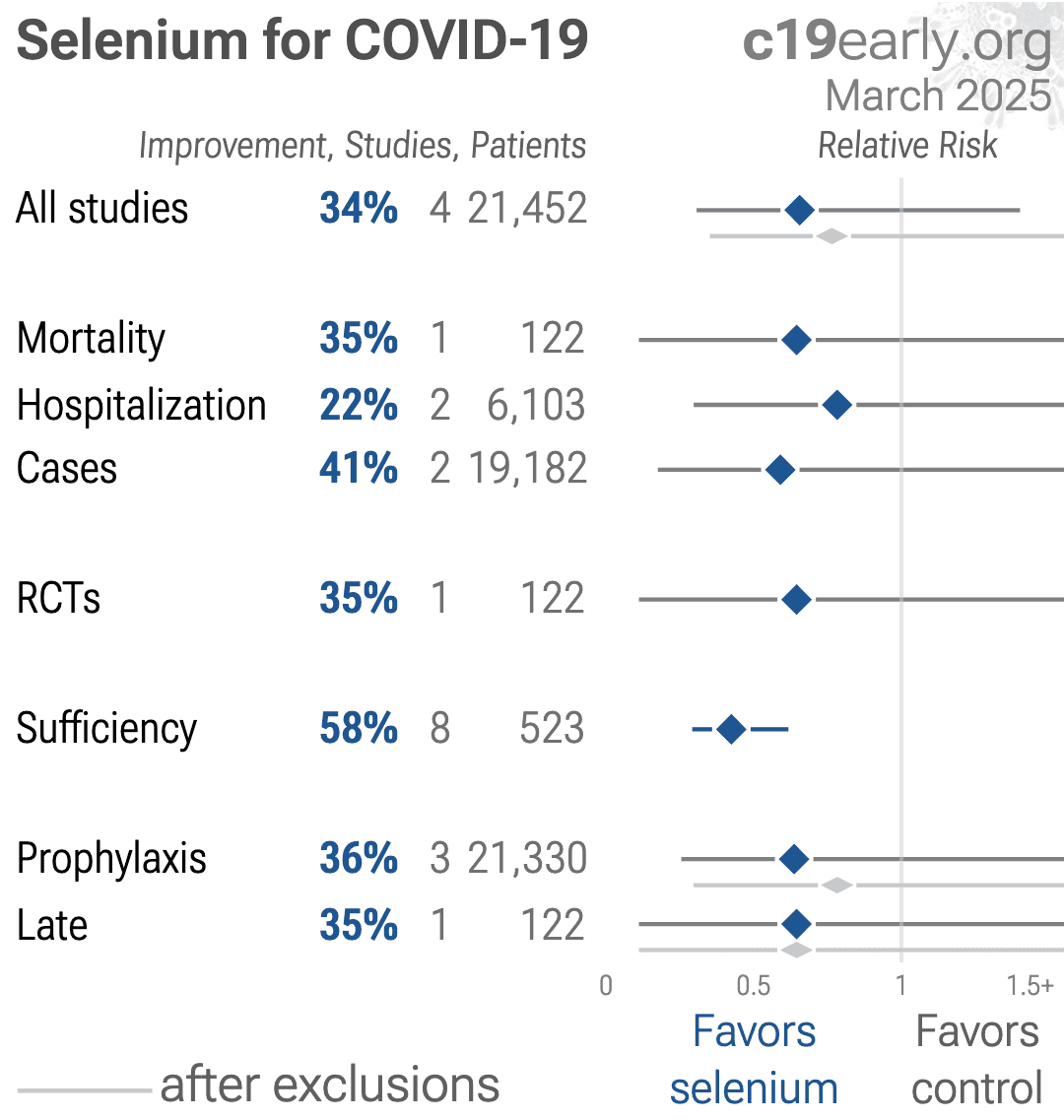1227glutamyl-tRNA synthetase; Catalyzes the attachment of glutamate to tRNA(Glu) in a two- step reaction: glutamate is first activated by ATP to form Glu-AMP and then transferred to the acceptor end of tRNA(Glu); Belongs to the class-I aminoacyl-tRNA synthetase family. Conformational modifications in human prolyl-tRNA synthetase upon binding of the substrates proline and ATP and the inhibitor halofuginone. To assess the impression of the T109M mutation on PFN1 binding to PLP, we performed molecular-dynamic simulations. Chem Sci. 2024. PMID: 39176247 Free PMC article. 2023. L-Proline supply chain, : 36732787 Free PMC article. 2021. PMID: 33512998 Free PMC article. 2013. PMID: 23634121 Free PMC article. 2017. PMID: 28671573 Free PMC article. 2023. PMID: 36577702 Free PMC article. 2023. PMID: 37595572 Free PMC article. 2022. PMID: 35159648 Free PMC article. 2020. PMID: 33023061 Free PMC article. 2020. PMID: 32939313 Free PMC article. 2024. PMID: 39203099 Free PMC article. 2014. PMID: 25128200 Free PMC article. 2017. PMID: 28091618 Free PMC article.

Copyright © 2017 Elsevier B.V. Objective: The goal of this research was to screen and uncover novel lead compounds through the use of Lproline as preliminary scaffold to create a "non-sulfur, non-β-lactam" new chemotypes for potential ESBL inhibitors. A diet rich in proline was linked to an increased risk of depression in people in a study from 2022 that was examined on a restricted pre-clinical trial on people and primarily in other organisms. Pollard, T.D. Structural requirements and thermodynamics of the interaction of proline peptides with profilin. Pollard, T.D. & Cooper, J.A. Influence of Host-Guest Interaction between Chiral Selectors and Probes on the Enantioseparation Properties of Graphene Oxide Membranes. DFT computational outcomes illustrate that the elemental chiral recognition system accommodates two chiral selectors and one selectand, which can be utilized to judge the enantioselective efficiencies of other chiral compounds and the enantioselective skill of other potential amino acid-modified GNM. Chiral recognition by enantioselective liquid chromatography: mechanisms and trendy chiral stationary phases. Most current ESBL inhibitors sharing a typical chemical feature of β-lactam ring in their molecule, this structural characteristic makes them intrinsically vulnerable to enzymatic breakdown by the resistance mechanisms employed by the bacteria.
Results: L-proline derived (S)-1-(2-sulfamoylbenzoyl)pyrrolidine-2-carboxylic acid (compound 6) as a "non-sulfur, non-β-lactam" and essentially the most potential ESBL inhibitor was recognized. Proline (abbreviated as Pro or P; encoded by the codons CCU, CCC, CCA, and CCG) is an α-amino acid that is used in the biosynthesis of proteins. Purine bases are synthesized by changing phosphoribosyl pyrophosphate (PRPP) to inosine monophosphate (IMP), which is the primary key intermediate in purine base biosynthesis. It's non-essential because it may be synthesized by the physique through the breakdown of L-glutamate, another amino acid. 4-carb-oxy-lic acid dimethyl sulfoxide-d6 monosolvate. Moreover, the as-prepared Cu NCs display the solvent-dependent properties in the dimethyl sulfoxide and ethylenediamine, where the emission shade turn to be green and yellow from blue, respectively. Interestingly, the Cu NCs show a pH-dependent fluorescence conduct between 9 and 13, and the reversible process might be repeated for eight consecutive cycles with the wonderful reversibility of the fluorescence intensity. This unique fluorescence property of Cu NCs will make them serve as good probes in analytical functions. Lincosamides: chemical construction, biosynthesis, mechanism of motion, resistance, and purposes. The inhibitory mechanism of 6 with CTX-M, KPC-2 and penicillinase had been proposed and probed with molecular docking evaluation.
Sequence evaluation of porothramycin biosynthetic gene cluster. Improved manufacturing of trans-4-hydroxy-l-proline by chromosomal integration of the Vitreoscilla hemoglobin gene into recombinant Escherichia coli with expression of proline-4-hydroxylase. These loci often contain a hypothetical gene(s), whose novel enzyme features are associated to the metabolism of trans-3-hydroxyl-proline and/or cis-3-hydroxyl-proline, a relatively uncommon l-hydroxyproline in nature. Displacement ellipsoids are drawn… Thus far, we focused on the rhizobial arginine catabolic pathway: arginase and ornithine cyclodeaminase are involved in L-arginine degradation to L-proline by way of L-ornithine. However, hydrophobic (M, I, L, V) and aromatic amino acids (F, Y, W) in addition to cysteine, arginine and asparagine are closely under-represented in LCRs. It was found that the activity coefficients of amino acids and electrolytes described primarily based on the our previous model had been nicely agreeable with experimental data. Simultaneously improving the exercise and thermostability of a new proline 4-hydroxylase by loop grafting and site-directed mutagenesis. 1. 1. Zhong G, Zhao Q, Zhang Q, Liu W. 4-alkyl-L-(Dehydro) proline biosynthesis in actinobacteria entails N-terminal nucleophile-hydrolase exercise of γ-glutamyltranspeptidase homolog for C-C bond cleavage.
